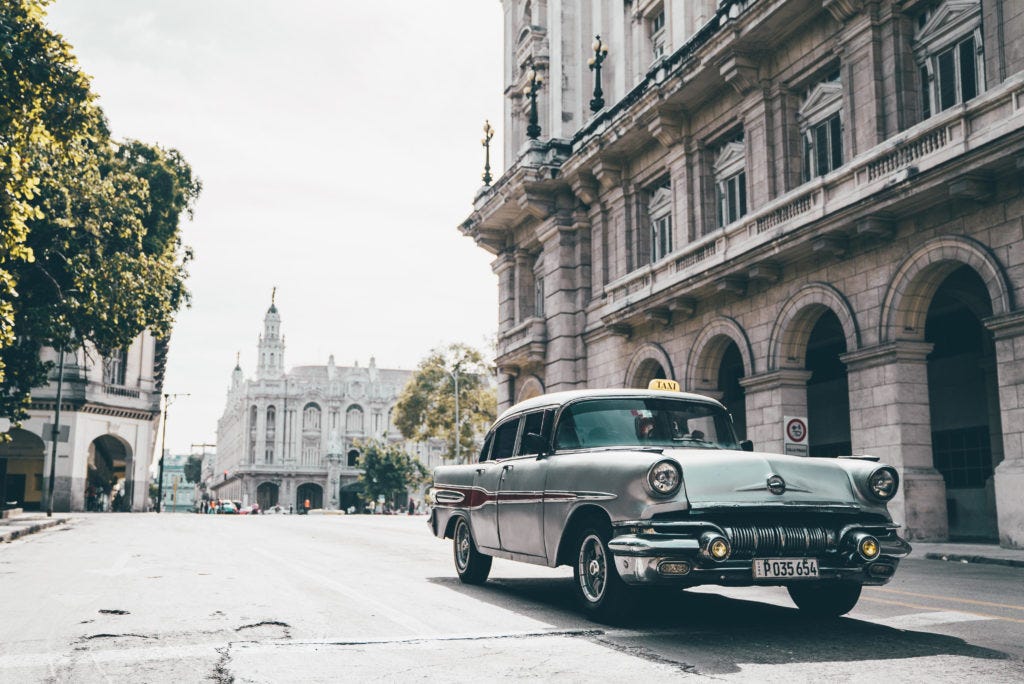Today, the California Air Resources Board announced its ban on all gas-powered car sales in California by 2035. I have recently written on the 5th branch of government, the unelected, lifetime employed, lavish retirement beneficiaries, the government bureaucrats, also known collectively as the deep state. One story about it can be found here from NPR. It was also on the front page of the Chico ER today. https://www.npr.org/2022/08/25/1119381508/california-ban-gas-cars-2035
By design, our government can only enact such monumental social policy, converting the entire fleet of automobiles in the state to electric vehicles, by legislative action. You remember them, they are the people you elect to represent you in the three branches of government set up by the Constitution; Legislative, Executive, and Judicial.
Nowhere in the Constitution, either at the Federal or State level does it mention the legislative powers of the Deep State. Yet this is where this policy originates. Can you name any of the individuals who sit on this board? No? See my point?
If you are curious about the people behind this decision, follow this link. I’d be surprised if you recognized any of these names. https://ww2.arb.ca.gov/about/leadership
Legislation has been compared to sausage-making, no one wants to watch the process. Here is a flowchart of the federal lawmaking process. For the state, just substitute Assembly, Senate, and Governor.
The Air Resources Board simply voted at a meeting no one heard about. Yes, they are public meetings, but how many people cover the goings on in the myriad boards and other agencies in the state that has “rule-making” authority?
In the first week of July, the State register of administrative action listed 5 changes in regulations across five different titles of the California Code of Regulations. Here is the table of contents for the entire month of July. https://oal.ca.gov/july-2022-california-regulatory-notice-register/
Here is an alphabetical list of all State Agencies with rule-making authority. https://www.ca.gov/agenciesall/
From here I could go in several different directions. I could talk about the economic impacts of such a monumental policy. Unless the Feds ban gas cars, it means that the purchase of cars will simply move out of state. California cannot ban the import of cars, but it can regulate the “air-quality management capacity” of cars registered in CA. Think Smog certificate or special equipment manufacturers must install to meet CA emission standards. We also have a special formula for gas, which is one reason CA gas has been historically higher than other states.
Or I could talk about the CA electric grid. If it is not causing devastating fires, from which we here in Butte county have been severely impacted, it is rolling brownouts and block outages. This is with the impact of electric cars. Here is a PR announcement from the CA Governor’s Office:
California Leads the Nation’s ZEV Market, Surpassing 1 Million Electric Vehicles Sold
Published: Feb 25, 2022
New data show that California’s ZEV market is leading the nation in every category, including support for low-income EV consumers
California’s 1 million electric vehicles sold surpasses the total sales in the next 10 states combined, and it’s seven times more than the next closest state
Governor Newsom is advancing a historic $10 billion ZEV package to expand access and affordability, support build-out of infrastructure
There are 31 million cars in California, serving 40 million people. 3% are electric. Despite my earlier article “Not yours to give”
, the Governor is proposing “giving” $10 billion to try to increase that number.
I could talk about the mining and other environmental impacts of supporting a large fleet of electric vehicles. Here are a couple of 5-minute videos from Prager U on the subject:
https://www.prageru.com/video/whats-wrong-with-wind-and-solar
But I’m going to focus on a moment in history that suddenly becomes relevant to California.
In the years 1900-1959, Cuba imported more cars, primarily from the US, than any other Latin country, and had one of the highest numbers of cars per capita of almost all other countries in the world.
In 1959, the Cold War hit Cuba and resulted in a trade embargo that lasted until the 1990s. Car imports from the US abruptly stopped, and given the Socialist system that came with Castro, the income of Cubans made it impossible to afford anyway.
That meant the only option was to keep the now classic cars running because no new ones would be showing up. Today, of the 150,000 cars imported to the island, an astounding 70,000 are still on the road. You can find the details here: https://whynotcuba.com/history-of-cubas-classic-cars/
So let’s take this short history lesson and apply it to the CA decision to ban gas cars. Will this mean that whatever we are driving in 2035 will be the last of the car models to appear in CA? Does that mean that mechanics that can keep them running will become a major sector of the CA economy? Do you wonder which models will become “classics” or are classic cars defined by the number of years ago it was manufactured? In 40 years or so, will we celebrate the equivalent of a ’57 Chevy BelAir? I have a 4-Runner. It already has almost 200,000 miles on it but it runs great. I’m sure it will be as classic as the 1949 Ford Woody.
Of course, none of this was considered by the bureaucrats in the Air Resources Board. They have an ideology to guide them. What could possibly go wrong? Ask a Cuban.
.








My PGE bill recently doubled over the previous month. As I looked over the highest usage days, I am frequently traveling somewhere, I saw that one of the highest days. I wasn’t even home. Then I realized my boyfriend plugged in his electric vehicle the day I was not here. Definitely could be cause of future blackouts and who knows the cost of our PGE bills.